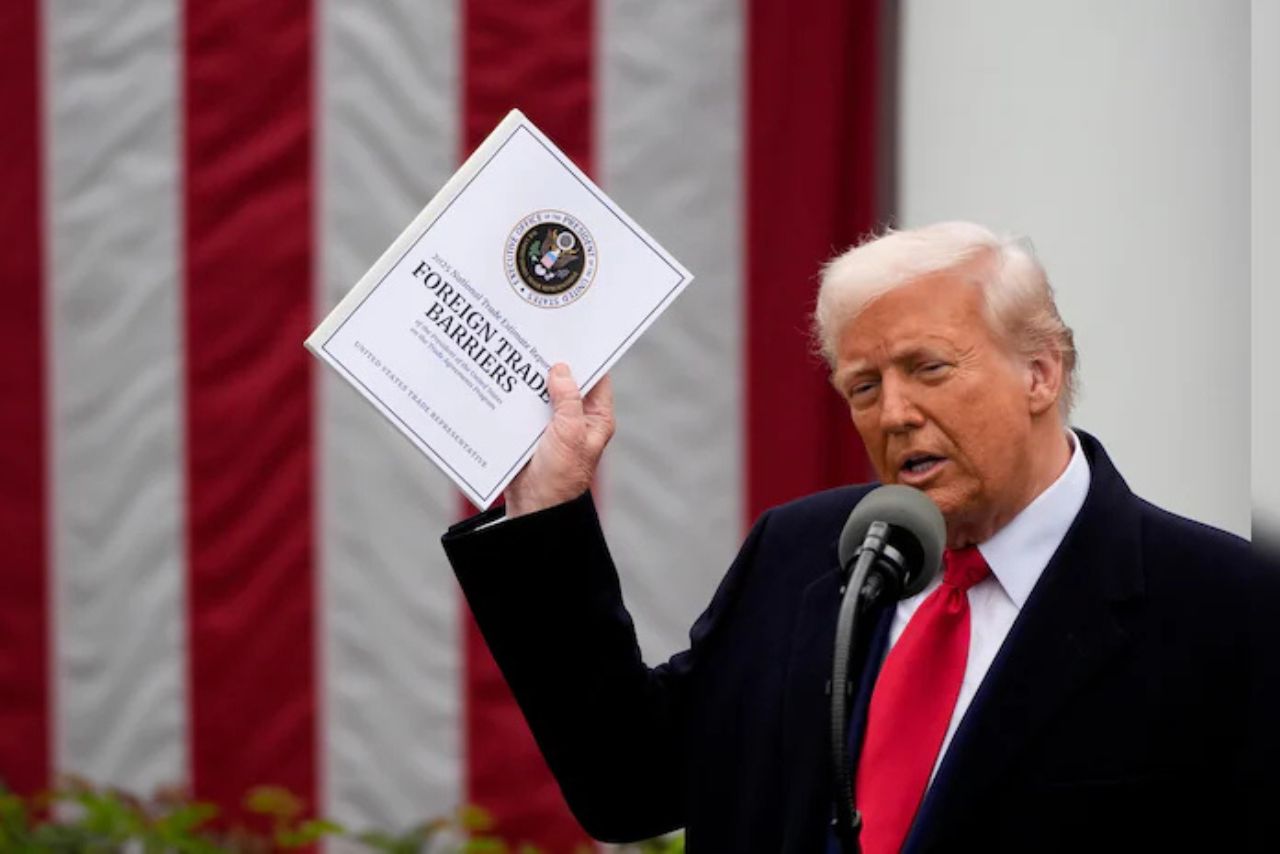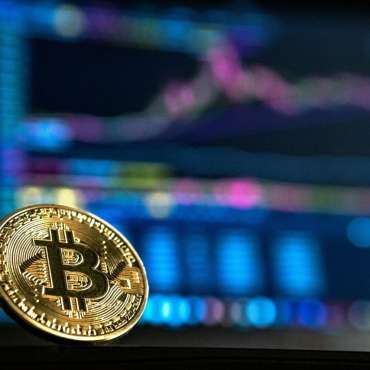The financial world erupted in chaos this week as President Donald Trump’s abrupt tariff pause sent stocks and cryptocurrencies skyrocketing. Investors scrambled to adjust to the 90-day trade relief, while tensions with China reached a boiling point. Here’s how the drama unfolded and what it means for your wallet.
Trump’s Tariff Gambit
On April 9, 2025, Trump stunned markets by announcing a 90-day pause on “reciprocal tariffs” for most nations, slashing rates to 10%. At the same time, he escalated China’s tariff to 125%, accusing the country of “ripping off” the U.S. in a fiery Truth Social post. The move followed China’s retaliatory 84% levy earlier that day, igniting fears of a full-blown trade war.
“The days of China exploiting America are over,” Trump declared. Hours later, markets erupted in relief. Over 75 countries reportedly rushed to negotiate deals, signalling a temporary truce in global trade hostilities.
Stocks and Crypto Rocket in Historic Rally
The announcement electrified Wall Street. The Dow Jones surged 7.87%, while the S&P 500 notched its largest single-day gain since 2008. Tech stocks led the charge: Tesla and Apple soared 10%, mirroring a crypto market frenzy.
Bitcoin catapulted 7% to $82,305, while Ethereum and Solana jumped 12% and 14%, respectively. Even meme coins like Dogecoin joined the party, climbing 12%. Crypto-linked stocks, including Coinbase and MicroStrategy, skyrocketed up to 24%. “This is certainly kicking in,” tweeted investor @RichdavidDefi as markets breathed easier.
Volatility Index Hits Decade Highs
Chaos reigned in the days preceding the pause. On April 7, rumours of a tariff freeze sent the S&P 500’s volatility index (VIX) spiking to 60 levels unseen since 2024. Trillions vanished from markets after Trump’s initial April 2 tariff order, only to rebound days later.
By April 10, the VIX cooled to 33.62, yet analysts warned the calm might be fleeting. “Markets are pricing in whiplash,” said economist Diane Swonk, noting Trump’s history of abrupt policy reversals.
Crypto Emerges as Trade War Safe Haven
As stocks wobbled, Bitcoin’s rally highlighted its growing role as a hedge against instability. BitMEX founder Arthur Hayes predicted China’s potential yuan devaluation could further boost crypto. “Capital flight from China often lands in digital assets,” he noted, referencing 2013 and 2015 trends.
Meanwhile, Bitcoin’s correlation with tech stocks tightened, blurring lines between traditional and digital markets. “Crypto isn’t immune to macro shocks,” cautioned trader @0xCrypton, “but it’s learning to dance with Wall Street.”
White House, Analysts Clash Over Motives
The White House framed the tariff pause as a strategic negotiation tool. Treasury Secretary Scott Bessent denied market panic influenced the decision, despite bond yields plunging hours earlier. Analysts pushed back, citing a disastrous $39-billion Treasury auction on April 9 that hinted at investor fears.
Democrats blasted the policy whiplash. Senate leader Chuck Schumer called it “government by chaos,” while Republicans like Rep. Elise Stefanik praised Trump’s “decisive leadership.”
What’s Next?
With the 90-day clock ticking, uncertainty looms. U.S.-China tensions remain explosive, and no list of “compliant” nations has been released. Asian markets wavered overnight, with Japan’s Nikkei shedding 4.7% before claiming back losses.
Crypto traders now eye China’s next move. A yuan devaluation could trigger fresh capital flight into Bitcoin, analysts say. Yet risks abound: Trump’s tariff truce expires July 9, and failed negotiations might reignite sell-offs.
“Enjoy the rally, but keep your seatbelt on,” warned economist Ernie Tedeschi. “This isn’t over; it’s just intermission.” As markets hang in limbo, one truth emerges: In the age of trade wars and tweet-driven policies, volatility is the new normal. Investors, buckle up.
Written By Fazal Ul Vahab C H




